Jan Zawadzki
What non-automotive Machine Learning projects can learn from automotive Machine Learning projects
#1about 5 minutes
The business case for investing in AI and machine learning
Market projections, corporate investment trends, and performance data from high-performing companies demonstrate the growing value and profitability of AI.
#2about 5 minutes
Navigating the upcoming EU AI Act for high-risk systems
The European Union's AI Act classifies applications based on risk, requiring robust development practices for systems that can cause physical or mental harm.
#3about 4 minutes
How CARIAD is tackling major automotive industry shifts
CARIAD, a VW Group subsidiary, focuses on software and connectivity to address key industry challenges like electrification, digital user experience, and autonomous driving.
#4about 4 minutes
Decoupling hardware and software with a unified platform
The traditional complex vehicle architecture with over 100 ECUs is being replaced by a unified platform (SSP) and operating system (VW.OS) to enable agility and over-the-air updates.
#5about 6 minutes
Building an AI-ready architecture for autonomous driving
The goal is to transform vehicles into AI platforms by creating a virtuous cycle of data collection and model improvement, supported by powerful hardware and a connected backend.
#6about 5 minutes
Adapting the traditional V-model for ML development
The rigid automotive V-model is adapted for machine learning by splitting the software phase into distinct data, model training, and porting stages to incorporate necessary iteration.
#7about 5 minutes
Treating data as a product using the three V-model
The three V-model approach treats the dataset as a distinct product with its own requirements and KPIs, enabling better traceability and versioning across data, models, and code.
#8about 4 minutes
Advanced methods for robust computer vision models
Techniques like AugMix for data augmentation, out-of-distribution sampling for unknowns, and Delta Learning for model adaptation are used to build more robust and reliable computer vision systems.
#9about 2 minutes
Tooling principles for safety-critical ML development
The development process relies on a toolchain where everything is treated as code—including requirements, data, and models—to ensure versioning, reusability, and compliance with certified tools.
#10about 7 minutes
Q&A on data privacy, e-mobility, and managing AI hype
The Q&A covers key topics including data anonymization for privacy, the company's commitment to net-zero emissions beyond e-mobility, and the strategy for building trust by not over-promising on AI capabilities.
Related jobs
Jobs that call for the skills explored in this talk.
Featured Partners
Related Videos
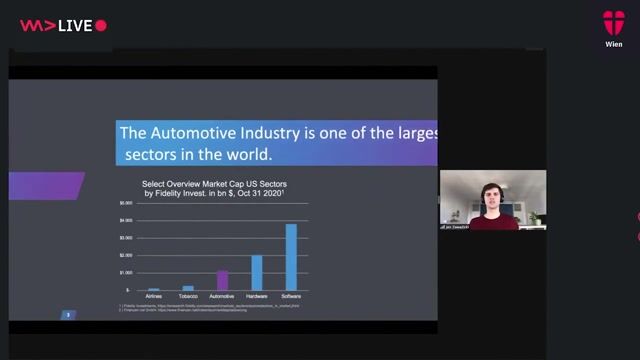 26:55
26:55How Machine Learning is turning the Automotive Industry upside down
Jan Zawadzki
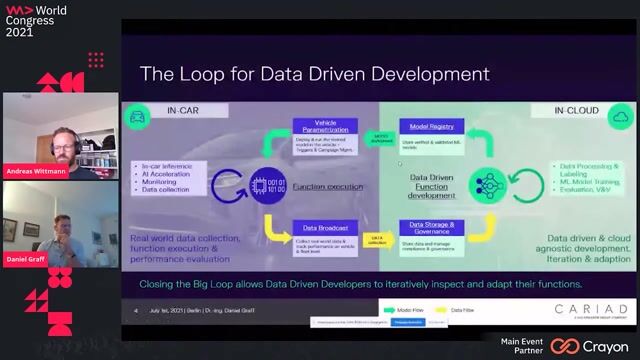 38:12
38:12Developing an AI.SDK
Daniel Graff & Andreas Wittmann
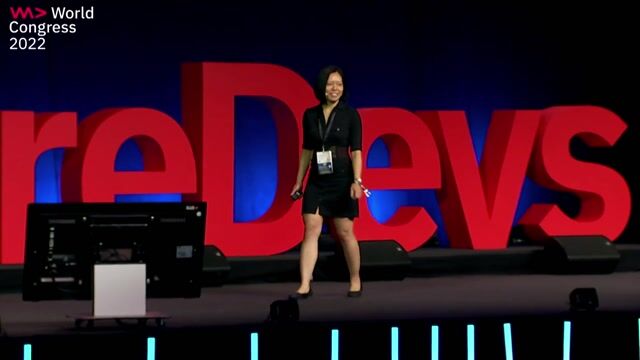 19:24
19:24Finding the unknown unknowns: intelligent data collection for autonomous driving development
Liang Yu
 27:26
27:26Staying Safe in the AI Future
Cassie Kozyrkov
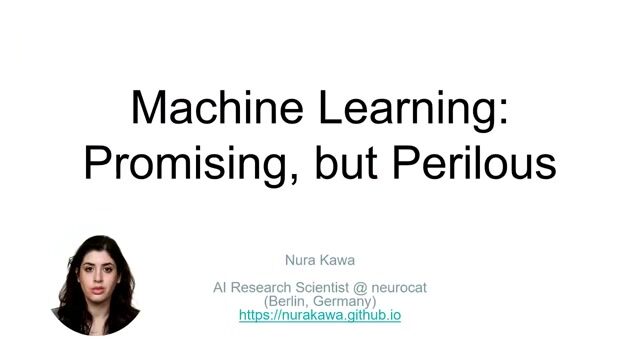 27:19
27:19Machine Learning: Promising, but Perilous
Nura Kawa
 35:16
35:16How AI Models Get Smarter
Ankit Patel
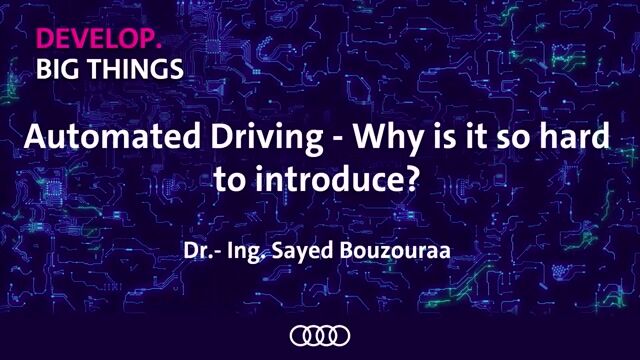 31:23
31:23Automated Driving - Why is it so hard to introduce
Sayed Bouzouraa
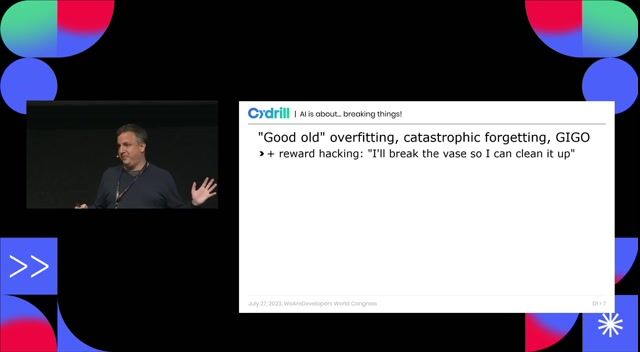 24:23
24:23A hundred ways to wreck your AI - the (in)security of machine learning systems
Balázs Kiss
From learning to earning
Jobs that call for the skills explored in this talk.
Security-by-Design for Trustworthy Machine Learning Pipelines
Association Bernard Gregory
Machine Learning
Continuous Delivery
Data Scientist - Machine Learning - Automobile
MP DATA
Canton of Boulogne-Billancourt-1, France
GIT
Python
PySpark
Machine Learning
Machine Learning Engineer - Edge Devices (m/f/d)
autonomous-teaming
München, Germany
Remote
C++
GIT
Linux
Python
+2





